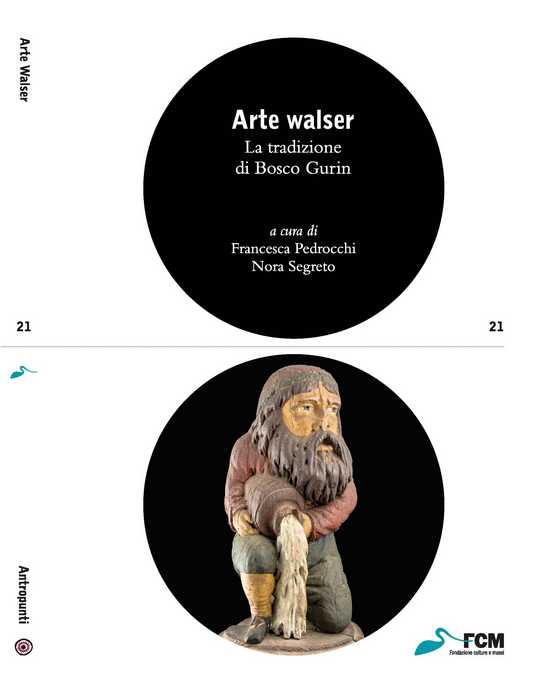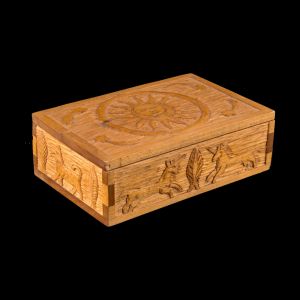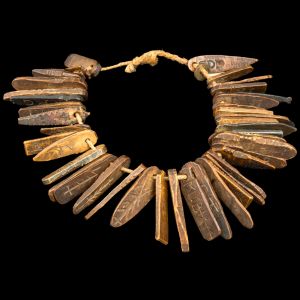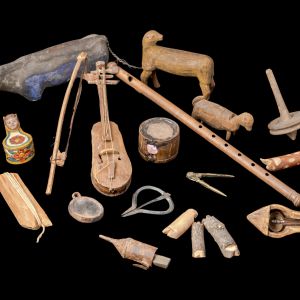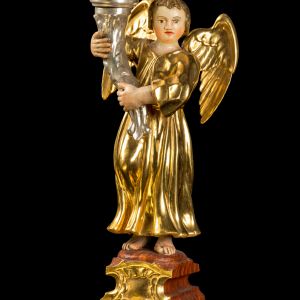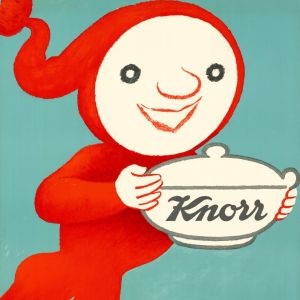6 NOVEMBER 2025 – 1° MARCH 2026
VILLA MALPENSATA, SPAZIO CIELO
“ARTE WALSER. The tradition of Bosco Gurin” is an exhibition that recounts the cultural identity of the Walser community of Bosco Gurin, the only alloglot enclave in the Canton of Ticino. Through more than 120 works, including everyday objects, furnishings, toys and sacred art, the exhibition explores the creativity and spirituality of an Alpine culture deeply rooted in the territory and tradition.
WALSER ART is the result of many years of research conducted by MUSEC in close collaboration with the municipality and the Walsherhaus Gurin Museum, with the involvement of the entire small community. The exhibition is curated by Francesca Pedrocchi of the Walserhaus Gurin Museum and Nora Segreto, a researcher at MUSEC. Their research and discussions have resulted in a project conceived as a true visual narrative, inviting visitors to immerse themselves in the local culture and highlighting the continuity between functionality and aesthetic value, between everyday life and spirituality, between folk art and European artistic influences. The exhibition is divided into three thematic sections:
- Between land and hearth: agricultural and domestic tools that tell the story of the relationship with the mountains and family life.
- Forms of affection and beauty in everyday life: objects that express care, aesthetics and spirituality in small things.
- Sacred art and popular devotion: testimonies of faith lived between home and church.
The exhibition concludes with a special section dedicated to Hans Anton Tomamichel (1899–1984). An illustrator, painter and graphic designer born in Bosco Gurin who moved to Zurich, Tomamichel developed an original language in which the signs and colours of the rural Alpine world blend with a modern graphic sensibility. Deeply attached to his native village, Tomamichel played an essential role in safeguarding the Walser identity: with the support of Adolf Janner (1896-1974), a member of the Ticino Grand Council of Gurinese origin, he fought to officially change the name of the village from Bosco Vallemaggia to Bosco Gurin, which took place in 1934. He also contributed to the creation in 1938 of the Walserhaus Gurin Museum, the first ethnographic museum in Ticino, with an initiative that involved the entire community from the bottom up.
